About Ash Enviro
At Ash Enviro Ltd you will find people who care about your problem. With highly trained operatives we offer a timely response to your pest control requirements. We deal in solutions and pride ourselves in putting our customer’s needs first. We work with and for you:- treating and controlling your pest issues using a wide range of pest control solutions.
We are experts at treating and controlling pest populations such as:- rats, mice, bed bugs, flies, fleas, silverfish, moths, carpet beetles and other textile pests as well as ants, wasps and bees. It does not matter whether it is your property or garden, whether it is a farm, offices or a sports field we can help.
We are also mindful of other wildlife and family pets and make sure that whatever we do does not impact on their well–being.
Our work is fully insured and carried out following BPCA best practice giving you have peace of mind and satisfaction.
If you have a current problem or want to prevent a problem developing give our friendly experts at Ash Enviro Ltd. a call for a rapid response and free no obligation job or annual contract quote.
Andy Harold
Director
Services
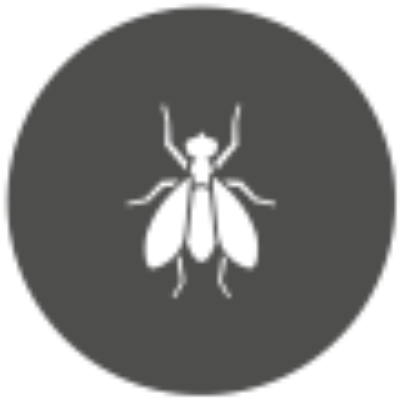
Filter Fly
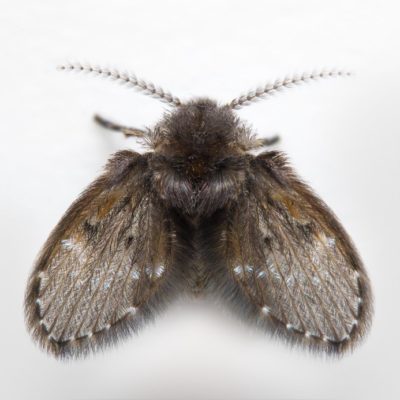
Filter Fly
The adult stage of the filter fly is usually to only stage that is seen with this pest species. Commonly known as drain flies, Psychodidae can also be mistaken for "tiny moths". They mainly to live in drainage and sewer systems, but are also found around sewer outlets, treatment plants, septic tanks and other areas where microorganisms and bacteria the larvae feed on can be found in liquids commonly associated with waste matter.
Adult stage are approximately 2mm long and covered in tiny hairs all over the boy, this makes them very water resistant which helps them greatly due to their living environment. if drainage lines are broken, blockages to waste lines or broken coverings and unused pipe work are evident in buildings, then it is likely that filter flies will start to be identified.
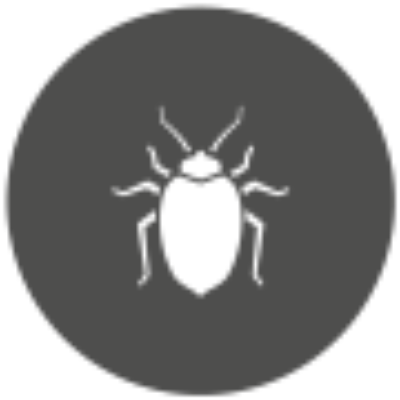
Varied Carpet Beetle (VCB)
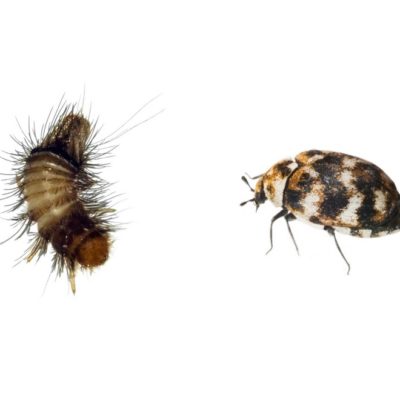
Varied Carpet Beetle (VCB)
Varied carpet beetle (Anthrenus verbasci ), are part of the dermestidae family of beetle, the adults feed on pollen and nectar from flowering plants and can mainly be found around windows and flowering house flora.
The larvae also commonly referred to as wool bear feed on keratin which can put them into a textile pest category, but more importantly can cause irritation to skin, and respiratory issues if not treated due to the tiny hairs on their body.
Life Cycle and Identification
Egg, White / Cream in colour 1/4 to 1/2 mm
Larvae, Brown / cream in colour, covered in fine hairs and approx 2 - 3.5 mm long depending on age
Pupae, 3 - 3.5 mm long
Adult, Brown, yellow, orange, cream in colour, approx 3 - 3.5 mm long

Common Clothes Moth
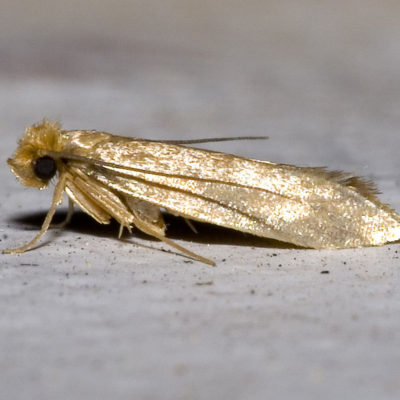
Common Clothes Moth
The Common Clothes Moth (Tineola bisselliella), is a textile pest common in the UK. The species larvae feed on keratin which is found in all natural fibres, and can slowly damage carpets, clothes and other home and business products. It is important to get to the rout cause of the problem and treat all stages of the life cycle of the species as the adults are purely for breeding and laying eggs so treating only the adults may not solve the issue.
Clothes moth can become a secondary infestation after feeding from a primary infestation such as rodents or birds. An adult female can lay up to 400 eggs in her life span.
Life Cycle an d Identification
Egg, White / transparent, 0.5 mm usually in small clusters.
Larvae, White / cream in clolour and approx 1 - 12mm long depending on age
Pupae, 12mm long
Adult, Brown, yellow or gold in colour, approx 6 - 7mm long
Gestation Period
Egg, 4 - 10 days
Larvae, 2 - 20 months
Pupae, 8 - 10 days
Adult, 2 - 4 days
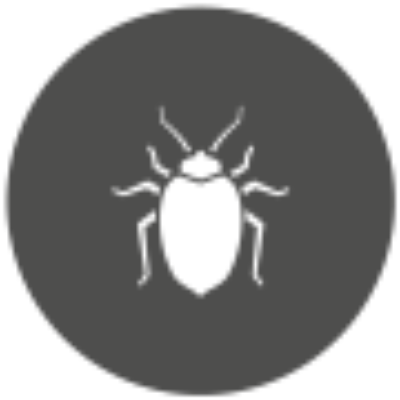
Bed Bugs
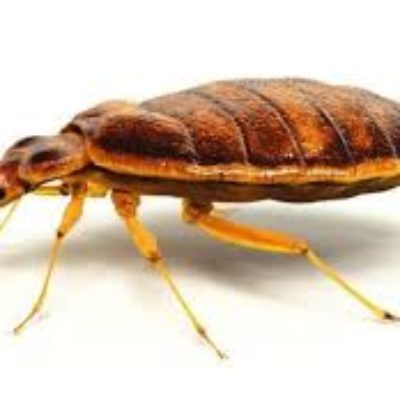
Bed Bugs
Bed Bugs, from the family Cimicidae, are a parasitic insect that feed solely from warm blooded animals. This pest species causes distress and the bites can be itchy and sore. Bedbugs don't live far from the host on which they feed from, and will locate there selves either on or in close proximity to where they can feed.
Once mated, the females lay eggs in clusters of usually 1 - 10 and can do this daily. 1 female bed bug has the potential to lay upto 500 eggs in her lifespan.
Life Cycle an d Identification
Egg, 1mm long of a white / Transparent look
Nymph, 1.5mm long transparent / light brown
Adult, 5-7mm long - dark red / brown
Gestation Period
Eggs 6 - 14 Days
Nymph - 5 moults to adult 35 - 40 days
Adult - usually between 6 - 12 months
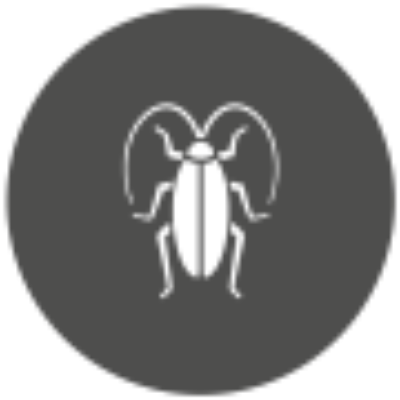
German Cockroaches
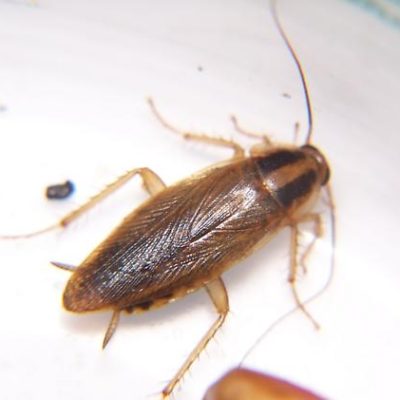
German Cockroaches
German Cockroaches (Blattella Germanica) are a nocturnal pest species of cockroach common to the UK. They are fast breeders and are an indoor cockroach, they are omnivorous and will eat practically anything including each other. Infestations can grow rapidly due to the time it takes the female to mature and how they hatch their young. Living in groups they secrete an odour which gives a musty smell to the air. Although the adults have wings folded on their backs due to the relative humidity and temperature in the UK, they can't fly.
Technical information states that 1 female German Cockroach can produce 1,000's of nymphs in their lifespan.
Cockroaches grow young in an ootheca, which is a segmented egg pouch that with this species can contain up to 40 young who will hatch simultaneously.
Life Cycle an d Identification
Ootheca, 8mm long of a brown colour
Nymph, 3 - 10 mm long dark brown when hatched although when the moult they can be white in colour.
Adult, 10-15mm long - winged back, light brown with a light brown with 2 vertical black stripes on the pronotum.
Gestation Period
Egg Sack (Ootheca) 28 Days - this is kept with the mother until approx 2 days before hatching.
Nymph - usuall 6 - 10 moults to adult stage and this can take anything from 42 - 160 days
Adult - usually 12 months

Oriental Cockroaches

Oriental Cockroaches
Oriental Cockroach (Blatta orientalis) is a nocturnal species of cockroach which mainly live externally around the UK. They are omnivorous and will eat practically anything including each other. Infestations can grow due to the difficulty in finding the harbourages, as with this species of cockroach as soon as the ootheca is fully developed the female will leave it to hatch, and this could be anywhere including in drainage and sewer systems.
Oriental Cockroaches can be identified as male of female due to the wing size on their backs. Due to the relative humidity and temperature in the UK neither species can fly and the evolution process is noted in the undeveloped wings of the female.
Life Cycle and Identification
Ootheca, 10 - 12 mm long of a dark red / brown colour with a ridged side
Nymph, 12 - 25 mm long dark brown when hatched although when the moult they can be white in colour.
Adult, 25-30 mm long - The male has a winged back covering 3/4 of the body, the female has wing pads below the pronotum, both are dark brown / Black in colour and appear shiny.
Gestation Period
Egg Sack (Ootheca) 42 - 84 Days - The mother drops the ootheca as soon as it is formed and leaves it to hatch alone.
Nymph - usually 7 - 10 moults to adult stage and this can take anything from 35 - 180 days
Adult - usually 6 months

Mice
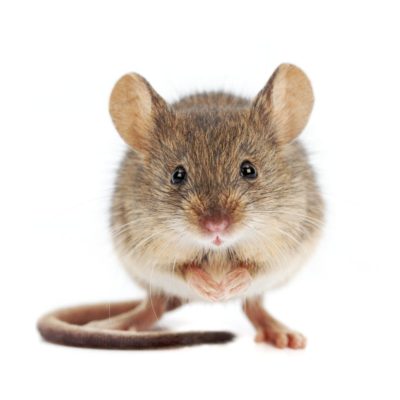
Mice
Mice are a very common pest in the UK, they can infiltrate most houses and businesses and are usually looking for a safe nesting area and local food source. due to the size and abilities to climb and fit through very small spaces, mice can access and inhabit a whole manner of places within buildings and grounds. Mice are mainly nocturnal and will do what they can to avoid contact with people. The 2 main species you will likely find are the House Mouse (Mus Domesticus) and the Field Mouse (Mus Musculus) both pictured below.


Mice can carry and spread disease by contaminating areas where food and drink is prepared or served, or using surfaces where regular contact by people is used, such as work stations, changing areas, and rest areas. Mice can also cause damage to buildings fabric and structures from regularly gnawing on building materials and service equipment such as cables for alarm equipment, computer equipment and electrical circuits. One of the main issues caused by this rodent is alarm and distress to people, visitors or staff. Mice move very quickly and are small and quiet which can give a fright or increase levels of anxiety, making it difficult for people to work and concentrate.
Signs of Mouse Activity. Here are some key signs you may have mouse activity within your premises.
Live and Dead Sightings - The most obvious would be, if you see a mouse in an area or find a mouse body within the premises. Mice
Dropping - Approx 3-5 mm long and dark in colour, mouse droppings can be found in most areas where activity is present. Mice are sporadic eaters and leave droppings all over the area they forage. As mice can produce over 30 droppings a day, this is one of the most common identification points when people think they have an infestation.
Smearing - Mice use the same runs, holes and routes to navigate their territory, due to this behaviour they leave a build up of body grease or smearing on walls, access points or over things such as cables and skirting boards, this is dark in colour and can also contain tiny hairs from the species.
Noise - Movement and chewing noises from the building fabric can indicate that mouse activity is evident, this can also be the first signs that damage is occurring to the structure and services of the premises.
Smell - Mouse urine and their bodies have an ammonia and musty smell, this can be an indication of a localised infestation, and the smell can linger for a long time.
Damage to food containers or paper/card - this can indicate that a food source is being targeted or nesting materials is being foraged, the mice will gnaw strips or chew through packaging to access a food source or take materials to use in the nest.

Rats
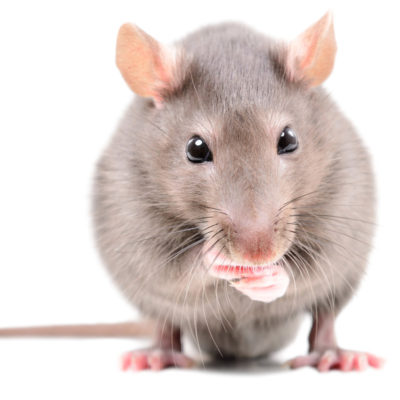
Rats
Rats are one of the most wide spread pests in the UK, the Brown Rat (Rattus Norvegicus) also known as the sewer rat carry a multitude of diseases and are a key issue in the spread of Weils disease (Leptospirosis). Due to the size and nature of this species, they are capable of carrying out extensive damage to properties, building fabric and products and materials that belong to homeowners or business owners.
Signs of Rat Activity. Here are some key signs you may have rat activity within your premises.
Live and Dead Sightings - Rats, due to their size are pretty unmistakable, sightings in and around a premises or rat corpses on the premises would indicate localised rat activity. Decaying bodies under the floor boards can cause a rancid smell also.
Droppings - Approx 10 - 15 mm long spindly and dark in colour, rat droppings are usually found in one area, rats are well know to identify a latrine area and use this place for urine and droppings, so may not always be the best early identification point.
Smearing and gnawing - Rats will use opening and create holes large enough to access safe areas and their nesting sites, due to their size, they often gnaw round openings and incisor marks and building material damage will identify rat activity. After frequent use, the rats will leave body grease built up around the access points and can often leave hair within the smearing.
Noise - Movement and chewing noises from the building fabric can indicate that mouse activity is evident, this can also be the first signs that damage is occurring to the structure and services of the premises.
Smell - Rats urinate on their legs to carry their scent through their areas, they also regularly use the same area for going to the toilet. After some time the scent becomes very heavy within the foraging areas and can be identified by an ammonia and musty smell. Due to the disease carried by rats, a specialist clean is commonly required to reduce the risk of contamination and spread of diseases.
Damage to food containers or paper/card - this can indicate that a food source is being targeted or nesting materials is being foraged, the mice will gnaw strips or chew through packaging to access a food source or take materials to use in the nest.